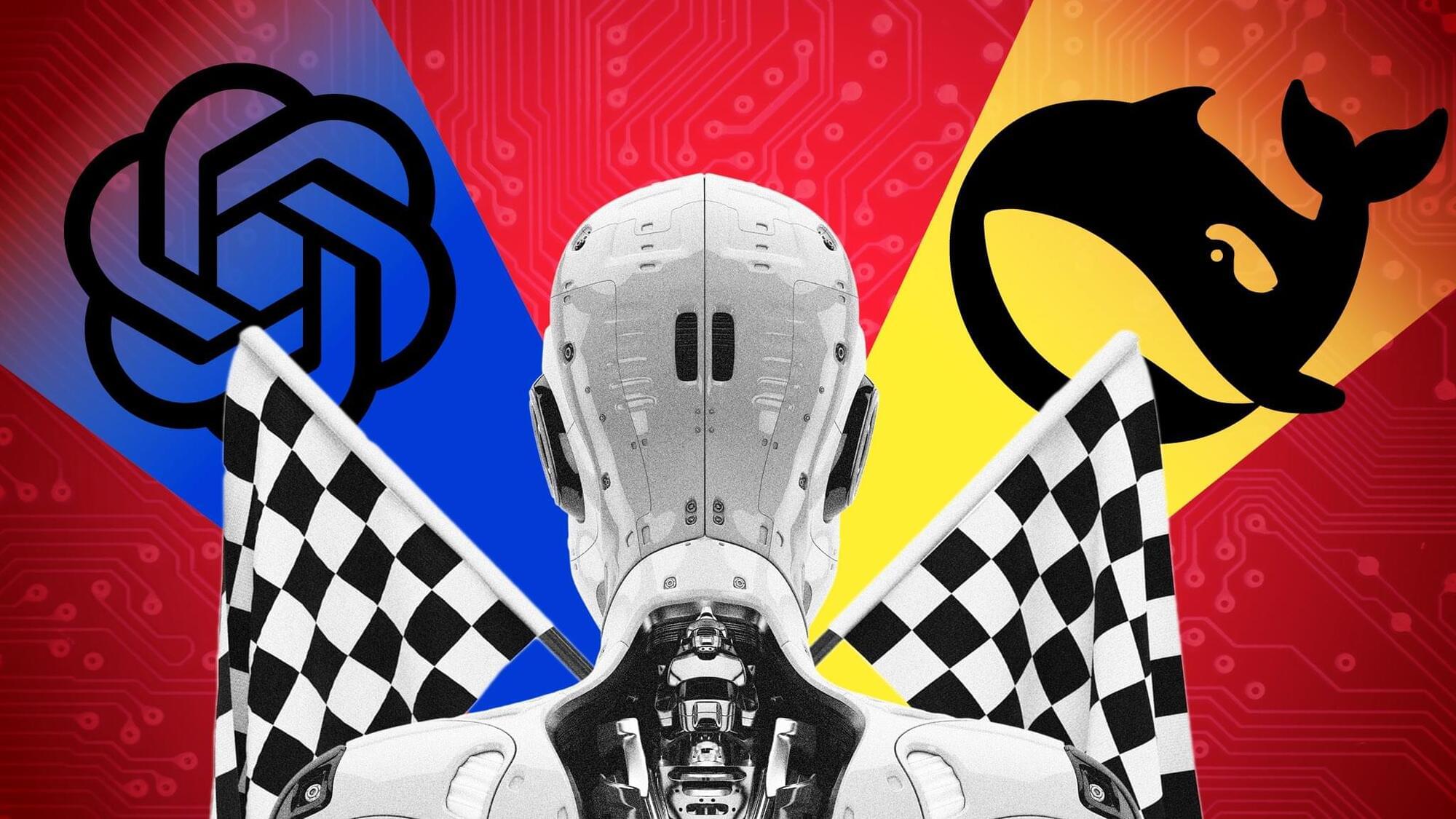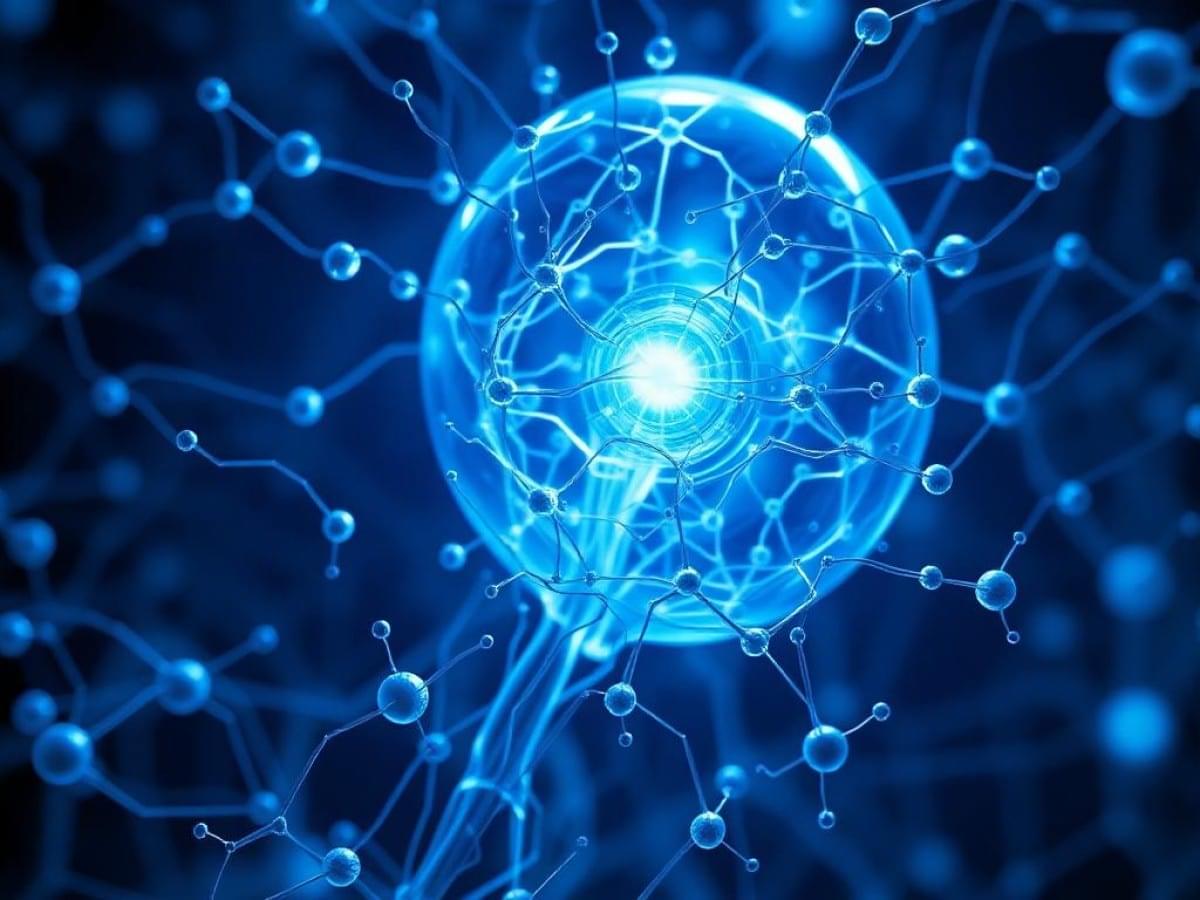Researchers tested whether one person could command a robot swarm of drones and ground vehicles in complex missions.
Category: robotics/AI – Page 326


Sam Altman Unveils Unexpected Scientific Breakthroughs Through AI
OpenAI, in partnership with Retro Biosciences, has recently made significant strides in human longevity research with the development of GPT-4b Micro. This advanced artificial intelligence (AI) model could potentially revolutionize cellular reprogramming and open new avenues in the field of biology. Although this innovation is exciting, it still requires thorough scientific validation to establish its true potential.
For decades, scientists have been endeavoring to unlock the secrets of cellular processes. In 2020, Google DeepMind’s AlphaFold marked a significant breakthrough by predicting protein structures with astonishing accuracy. Now, OpenAI has entered the fray with GPT-4b Micro, a model expressly designed to analyze biological data and hasten scientific discoveries.
According to Sam Altman, CEO of OpenAI, “Hyper-intelligent AI tools could revolutionize science and lead to advancements we could hardly have imagined.” With Retro Biosciences, which specializes in longevity research, the goal is lofty: to extend the average human lifespan by a decade.

Cerebras becomes the world’s fastest host for DeepSeek R1, outpacing Nvidia GPUs by 57x
More than 10X… 57X faster! 🔥
Exponential growth! 🚀
Cerebras Systems announced today it will host DeepSeek’s breakthrough R1 artificial intelligence model on U.S. servers, promising speeds up to 57 times faster than GPU-based solutions while keeping sensitive data within American borders. The move comes amid growing concerns about China’s rapid AI advancement and data privacy.
The AI chip startup will deploy a 70-billion-parameter version of DeepSeek-R1 running on its proprietary wafer-scale hardware, delivering 1,600 tokens per second — a dramatic improvement over traditional GPU implementations that have struggled with newer “reasoning” AI models.
The SCARY different stages between AI + AGI + ASI + SINGULARITY | AGI here soon?
#asi #singularity.
Is AI about to take a giant leap forward? This video dives into the distinctions between AI, AGI, ASI, and the Singularity, exploring the potential risks and rewards of this rapidly evolving technology.
Prepare to unravel the stages of Artificial Intelligence (AI), Artificial General Intelligence (AGI), Artificial Super Intelligence (ASI), and the Singularity. We’ll discuss the differences between these concepts and what they might mean for the future of humanity.
What do you think? Is this progress something to fear? Join us as we explore the scary and promising possibilities of advanced AI. Let us know your thoughts in the comments below!
👉 Try Murf AI: https://get.murf.ai/w059y5clphi9
👉 Try Notion AI: https://affiliate.notion.so/oh8774ntqk1s.

Aurora supercomputer is now fully operational, available to researchers
“The projects running on Aurora represent some of the most ambitious and innovative science happening today,” said Katherine Riley, ALCF director of science. “From modeling extremely complex physical systems to processing huge amounts of data, Aurora will accelerate discoveries that deepen our understanding of the world around us.”
On the hardware side, Aurora clearly impresses. The supercomputer comprises 166 racks, each holding 64 blades, for a total of 10,624 blades. Each blade contains two Xeon Max processors with 64 GB of HBM2E memory onboard and six Intel Data Center Max ‘Ponte Vecchio’ GPUs, all cooled by a specialized liquid-cooling system.
In total, Aurora has 21,248 CPUs with over 1.1 million high-performance x86 cores, 19.9 PB of DDR5 memory, and 1.36 PB of HBM2E memory attached to the CPUs. It also features 63,744 GPUs optimized for AI and HPC equipped with 8.16 PB of HBM2E memory. Aurora uses 1,024 nodes with solid-state drives for storage, offering 220 PB of total capacity and 31 TB/s of bandwidth. The machine relies on HPE’s Shasta supercomputer architecture with Slingshot interconnects.
Hyperelastic rubber soft robots achieve dynamic, powerful movements
Researchers developed a hyperelastic torque reversal mechanism, enhancing soft robots’ performance with rapid and powerful movements.
How one YouTuber is trying to poison the AI bots stealing her content
Specialized garbage-filled captions are invisible to humans, confounding to AI.
Creating Synthetic Life
We often discuss cybernetic, genetic engineering, artificial intelligence, and hybrids of them, but what truly is synthetic life? And what is it like?
Sign up for a Curiosity Stream subscription and also get a free Nebula subscription (the streaming platform built by creators) here: https://curiositystream.com/isaacarthur.
Join this channel to get access to perks:
/ @isaacarthursfia.
Visit our Website: http://www.isaacarthur.net.
Join Nebula: https://go.nebula.tv/isaacarthur.
Support us on Patreon: / isaacarthur.
Support us on Subscribestar: https://www.subscribestar.com/isaac-a… Group: / 1,583,992,725,237,264 Reddit:
/ isaacarthur Twitter:
/ isaac_a_arthur on Twitter and RT our future content. SFIA Discord Server:
/ discord Credits: Synthetic Life Science & Futurism with Isaac Arthur Episode 333a, March 13, 2022 Written, Produced & Narrated by Isaac Arthur Editors: David McFarlane Jason Burbank Jerry Guern Cover Art: Jakub Grygier https://www.artstation.com/jakub_grygier Music Courtesy of Epidemic Sound http://epidemicsound.com/creator.
Facebook Group: / 1583992725237264
Reddit: / isaacarthur.
Twitter: / isaac_a_arthur on Twitter and RT our future content.
SFIA Discord Server: / discord.
Credits:
Synthetic Life.
Science & Futurism with Isaac Arthur.
Episode 333a, March 13, 2022
Written, Produced & Narrated by Isaac Arthur.
Editors:
David McFarlane.
Jason Burbank.
Jerry Guern.
Cover Art:
Jakub Grygier https://www.artstation.com/jakub_grygier.
Music Courtesy of Epidemic Sound http://epidemicsound.com/creator
Will AI kill all of us? | Yuval Noah Harari and Lex Fridman
Lex Fridman Podcast full episode: https://www.youtube.com/watch?v=Mde2q7GFCrw.
Please support this podcast by checking out our sponsors:
- MasterClass: https://masterclass.com/lex to get 15% off.
- Eight Sleep: https://www.eightsleep.com/lex to get special savings.
- ExpressVPN: https://expressvpn.com/lexpod to get 3 months free.
- InsideTracker: https://insidetracker.com/lex to get 20% off.
- AG1: https://drinkag1.com/lex to get 1 month supply of fish oil.
GUEST BIO:
Yuval Noah Harari is a historian, philosopher, and author of Sapiens, Homo Deus, 21 Lessons for the 21st Century, and Unstoppable Us.
PODCAST INFO:
Podcast website: https://lexfridman.com/podcast.
Apple Podcasts: https://apple.co/2lwqZIr.
Spotify: https://spoti.fi/2nEwCF8
RSS: https://lexfridman.com/feed/podcast/
Full episodes playlist: https://www.youtube.com/playlist?list=PLrAXtmErZgOdP_8GztsuKi9nrraNbKKp4
Clips playlist: https://www.youtube.com/playlist?list=PLrAXtmErZgOeciFP3CBCIEElOJeitOr41
SOCIAL:
- Twitter: https://twitter.com/lexfridman.
- LinkedIn: https://www.linkedin.com/in/lexfridman.
- Facebook: https://www.facebook.com/lexfridman.
- Instagram: https://www.instagram.com/lexfridman.
- Medium: https://medium.com/@lexfridman.
- Reddit: https://reddit.com/r/lexfridman.
- Support on Patreon: https://www.patreon.com/lexfridman